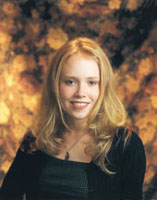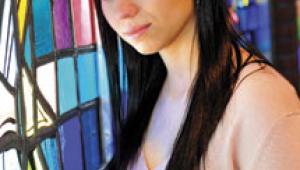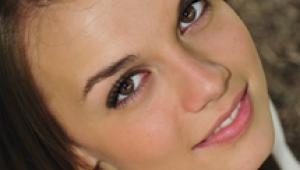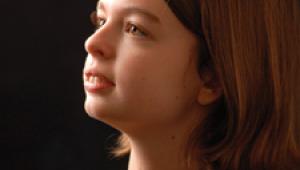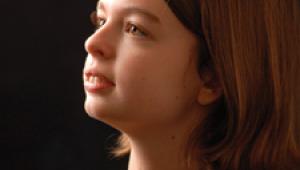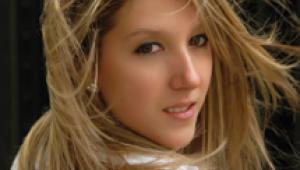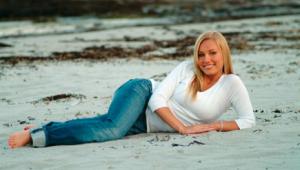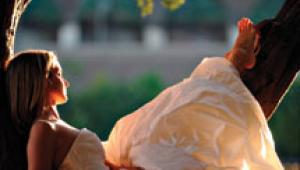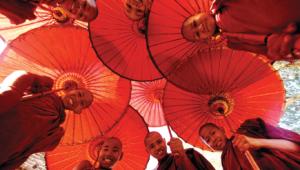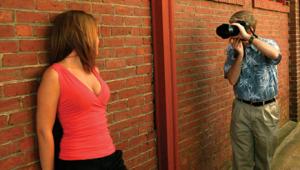Important Milestone
Photographing The High School Senior
I've been doing photography
of high school seniors for over 20 years. When I first started, I wasn't
that much older than they were, but, of course, they stay the same age
every year while I get a year older with each new batch. Seniors are
a big part of my business, and hopefully I've learned a thing
or two about the market over all these years. The two biggest things
I've learned are: |
|||
As in any photography session,
the first step to success is establishing a rapport with your subject.
Seventeen year olds are very quick to pick up on any false signals you
may be putting out, so don't try to fool them at all. Be completely
honest and let them know that by working together you're going to
produce the best photos of your subject they've ever seen. If you're
a skilled photographer, this really shouldn't be that difficult,
since at this point in their lives they've probably only had school
and department store photography for the past several years. Your subject
will pick up any "bad vibes" that may be emanating from you
and it will show in the photos. The reason they came to you was because
they felt you could do the best job on their portraits. If you aren't
confident in your abilities, why should they be? |
|||
Most of my backgrounds are
plain, classical, or subtle. I avoid anything that may look like a department
store background (like lasers) or anything corny (like "hot"
or "cool"). |
